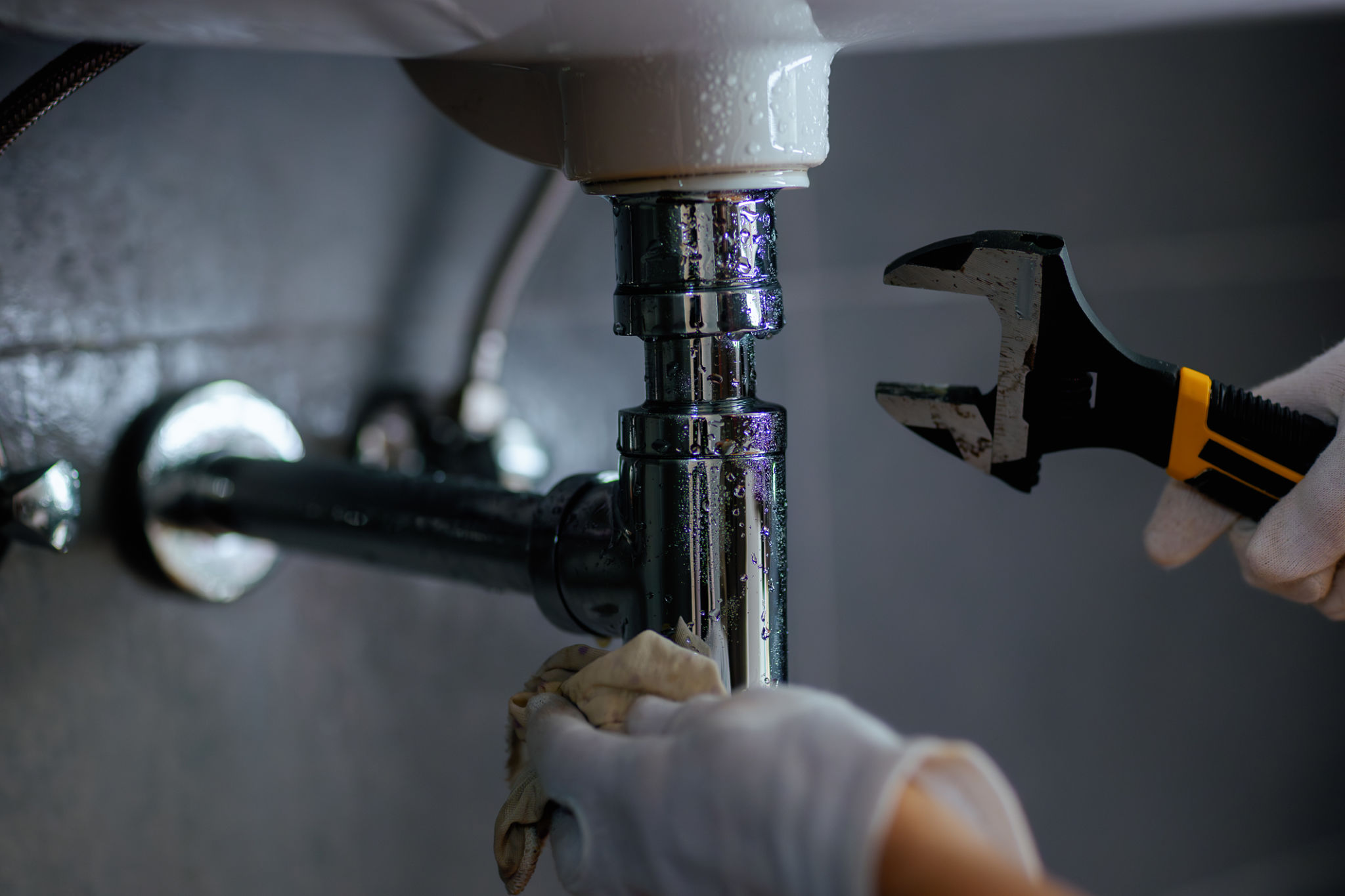Emergency Plumbing Situations: What to Do Before Help Arrives
Understanding the Importance of Immediate Action
Encountering a plumbing emergency can be stressful, but your quick response can mitigate damage and prevent further complications. Whether it's a burst pipe, a clogged drain, or an overflowing toilet, knowing what steps to take before professional help arrives is crucial. Acting swiftly can save you time, money, and unnecessary frustration.
Before diving into specific situations, it's essential to locate your home's main water shut-off valve. Turning off the water supply can often resolve or reduce the severity of many plumbing issues. Additionally, keeping a few basic tools on hand, like a plunger and an adjustable wrench, can prove invaluable in these situations.

Dealing with Burst Pipes
A burst pipe can cause significant water damage in a short amount of time. If you suspect a pipe has burst, immediately shut off the main water supply. Next, open all faucets to drain any remaining water from the system. This step will help relieve pressure and minimize further leakage.
If possible, try to locate the source of the burst. A temporary patch using a piece of rubber and a clamp can sometimes be applied as a short-term solution. However, professional repair or replacement will be necessary to ensure the integrity of your plumbing system.

Handling Clogged Drains
Clogged drains can range from a minor inconvenience to a severe blockage. For minor clogs, a plunger can often dislodge the obstruction. Ensure a tight seal around the drain and use firm, consistent pressure to push the blockage through the pipes.
For more stubborn clogs, a mixture of baking soda and vinegar can sometimes break down debris. Pour half a cup of baking soda followed by half a cup of vinegar into the drain. Let it sit for about 30 minutes, then flush with hot water. If the clog persists, avoid using chemical drain cleaners, as they may damage pipes and are often ineffective.

Managing Overflowing Toilets
An overflowing toilet can be alarming, but quick action can prevent a messy situation. First, remove the tank lid and press down on the flapper valve to stop more water from entering the bowl. If the water level continues to rise, turn off the toilet's water supply valve located behind the toilet.
Next, use a plunger to try and clear the blockage. If this doesn't work, a plumbing snake can help reach deeper obstructions. It's important to avoid flushing the toilet again until the issue is resolved, as this can lead to further overflow and potential water damage.
Maintaining Calm and Preparedness
In any plumbing emergency, staying calm is key. Having a plan in place and knowing the location of your shut-off valves can significantly reduce stress and damage. Regular maintenance and inspections can help prevent many common plumbing issues from arising in the first place.
While quick fixes can be helpful, always follow up with a professional plumber to ensure your system is functioning correctly. Remember, the best solution is often prevention, so taking proactive steps to maintain your home's plumbing can save you from future emergencies.
